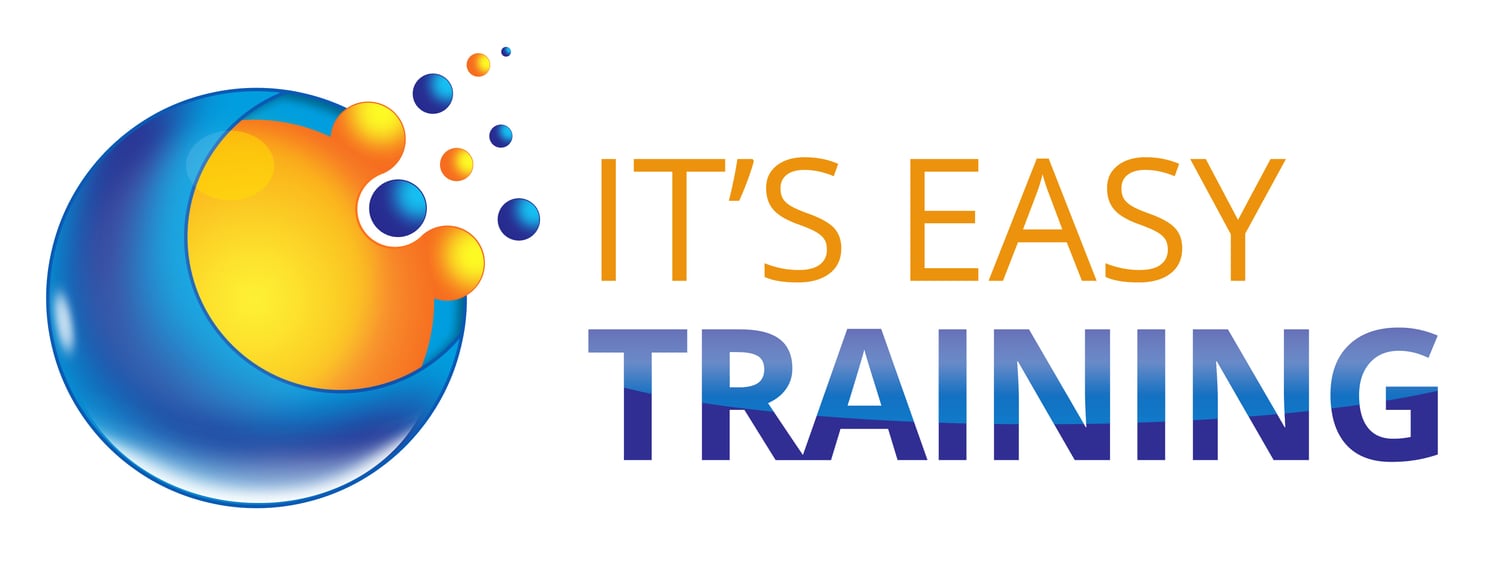
Microsoft Visio Beginner to Advanced
On Sale
£3.00
£3.00
Welcome to the comprehensive guide for Microsoft Visio, a versatile tool that transforms the way visual information and business processes are communicated. This manual is designed to provide a thorough introduction to Visio, guiding users through its extensive features and functionalities. Starting with an overview of the software, the manual delves into the opening screen layout, basic diagram creation, and the essentials of connecting and managing shapes. It covers the use of containers and the intricacies of adding and manipulating text within diagrams.
The manual also explores the Text Block Tool, grouping shapes, and the utilization of floating windows to enhance the user experience. Detailed explanations on shape data management and the creation of dynamic data graphics are provided, along with instructions on incorporating calculations into these graphics. Users will learn about managing pages, adjusting page orientation, and the process of adding titles, new pages, headers, and footers.
Page setup and the application of color schemes are discussed to help create visually appealing diagrams. The manual includes sections on basic flowcharting, adding text to flowcharts, and techniques for linking larger flowcharts. Shape numbering, cause and effect diagrams, and cross-functional flowcharts are also covered, along with creating organizational charts and adding data to shapes.
Instructions on adding pictures, hiding subordinate shapes, and working with multiple pages are provided to facilitate complex projects. The manual offers guidance on finding specific individuals within organizational charts and adding shape stencils to drawings. It also addresses creating project schedules, charts, graphs, home plans, directional maps, and mechanical engineering parts and assembly drawings.
The calendar feature, layering drawings, and adding stencil sets are explained to enhance organization and efficiency. The manual concludes with sections on generating reports, linking data, linking external data, creating pivot diagrams, and a series of exercises to practice and reinforce Visio skills. This manual serves as an essential resource for both novice and experienced users, aiming to elevate their diagramming proficiency with Microsoft Visio.
The manual also explores the Text Block Tool, grouping shapes, and the utilization of floating windows to enhance the user experience. Detailed explanations on shape data management and the creation of dynamic data graphics are provided, along with instructions on incorporating calculations into these graphics. Users will learn about managing pages, adjusting page orientation, and the process of adding titles, new pages, headers, and footers.
Page setup and the application of color schemes are discussed to help create visually appealing diagrams. The manual includes sections on basic flowcharting, adding text to flowcharts, and techniques for linking larger flowcharts. Shape numbering, cause and effect diagrams, and cross-functional flowcharts are also covered, along with creating organizational charts and adding data to shapes.
Instructions on adding pictures, hiding subordinate shapes, and working with multiple pages are provided to facilitate complex projects. The manual offers guidance on finding specific individuals within organizational charts and adding shape stencils to drawings. It also addresses creating project schedules, charts, graphs, home plans, directional maps, and mechanical engineering parts and assembly drawings.
The calendar feature, layering drawings, and adding stencil sets are explained to enhance organization and efficiency. The manual concludes with sections on generating reports, linking data, linking external data, creating pivot diagrams, and a series of exercises to practice and reinforce Visio skills. This manual serves as an essential resource for both novice and experienced users, aiming to elevate their diagramming proficiency with Microsoft Visio.

